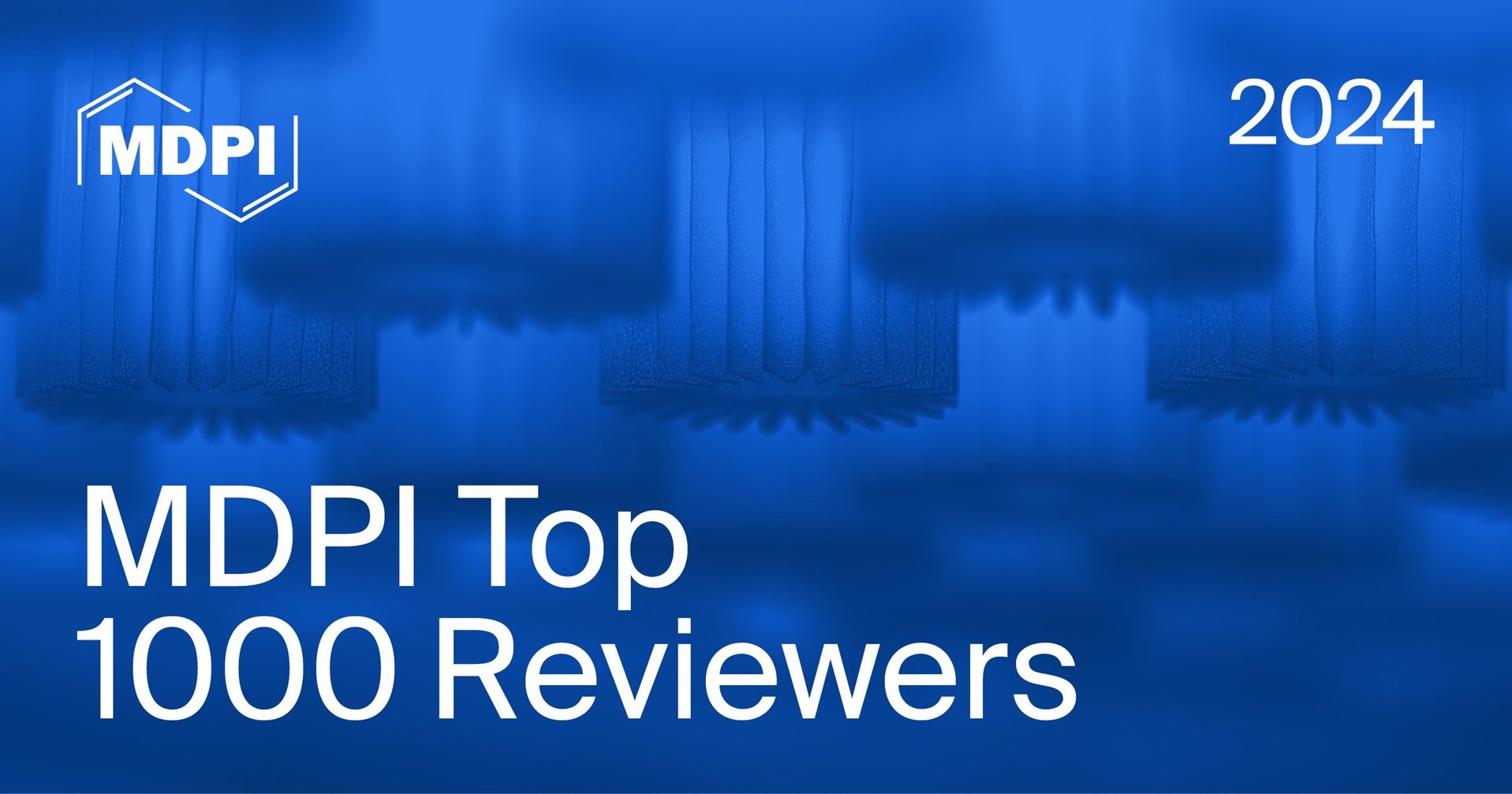The ability to predict the vapor pressure and vapor-phase composition of hydrocarbon mixtures (such as jet fuel, sustainable aviation fuel or its un-refined precursors) and partially vaporized hydrocarbon mixtures is important to simulations of processes that involve vaporization such as distillations, flash points,
[...] Read more.
The ability to predict the vapor pressure and vapor-phase composition of hydrocarbon mixtures (such as jet fuel, sustainable aviation fuel or its un-refined precursors) and partially vaporized hydrocarbon mixtures is important to simulations of processes that involve vaporization such as distillations, flash points, combustion properties of partially vaporized fuels, etc. Raoult’s Law provides a simple algebraic formula relating liquid composition and temperature to vapor composition and pressure. However, Raoult’s Law is not accurate at low mole fractions, which is typical for complex mixtures such as fuels. A common approach to correcting Raoult’s Law is to apply a scale factor, a so-called activity coefficient. Numerous models exist for predicting activity coefficients. Here we benchmark against the UNIFAC model, which predicts activity coefficients based on mole fractions, group fractions, Van der Waals volume and surface area and temperature-dependent interaction terms between groups. While this approach is truly predictive, its accuracy at very low mole fractions has not been validated, and it is computationally intensive, particularly for simulations (especially optimizations) that require vapor composition or pressure within the inner-most loop. Here we present an alternative correction to Raoult’s law, where the vapor pressure of the i
th component is represented by a modified form of the Clausius–Clapeyron equation. The reference temperature (
) is replaced by a simple algebraic function that converges to
as
approaches 1 while smoothly increasing from this value as
decreases. Simultaneously, the heat of vaporization (
) term is replaced by another simple algebraic expression that converges to
as
approaches 1 while smoothly decreasing as
decreases. In this model, the temperature-dependent heat of vaporization is tuned at each temperature such that the Clausius–Clapeyron equation reproduces the correct vapor pressure of the neat material, while the parameterized algebraic corrections are tuned to vapor pressure data of mixtures involving n-pentane, toluene, and dodecane, where the mole fractions of n-pentane and toluene are maintained below 10%
mol. Validation of the resulting model is accomplished by comparing modeled vapor–liquid equilibrium systems with experimental measurements. This approach improves the accuracy and computational efficiency of volatility predictions, thereby supporting the development, certification, and adoption of sustainable aviation fuel.
Full article






























